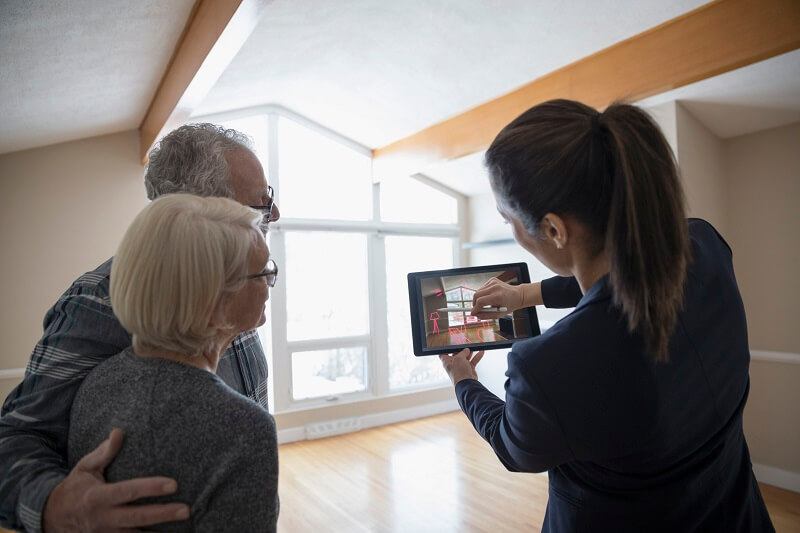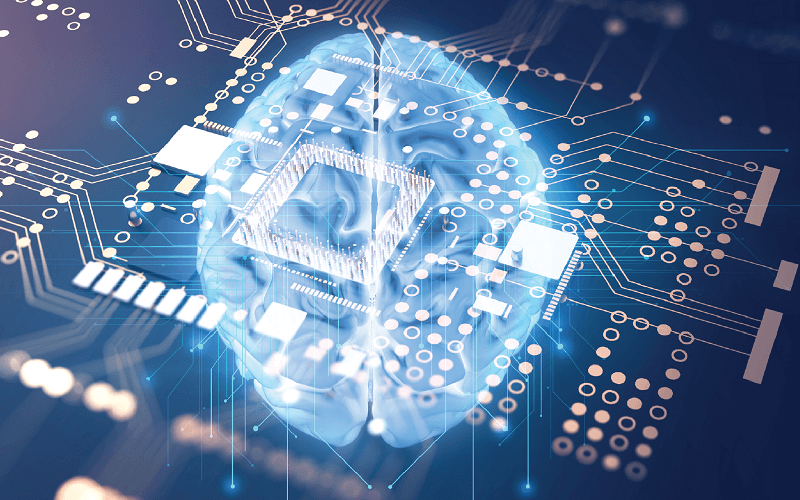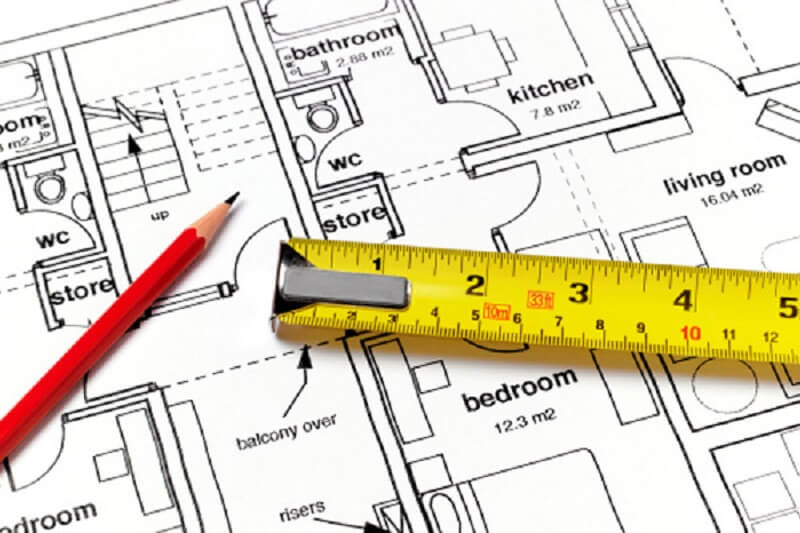Pros and Cons of Artificial Intelligence in Interior Design
Interior Design & Decor5 minutes read
8336 views
8336 views
More professionals across industries are becoming increasingly familiar with the concept of artificial intelligence (AI), and the practical applications it has to advance and improve upon human efforts.
Its explosive growth is due in no small part to the recent innovations in software and robotics in industries like design and manufacturing that have paved the way for further understanding among professional communities such as architects, builders, and interior designers.
To that end, the pros and cons of artificial intelligence (AI) to interior design are something to look upon. Is it a blessing or a threat? How will it affect our jobs as interior designers and what can we learn from it today? Let’s take a look!
The Pros
1. Artificial intelligence completes routine tasks with ease

Image via thebalancecareers.com
From drawing up rough plans to developing detailed designs, many tasks done by interior designers every day are repetitive. While that repetition helps us to get into a routine and positive work flow, it also takes up a lot of our time. With AI, repetitive tasks can be automated, finely tuning the equipment to work for extended time periods to complete the work. That allows human workers to focus on the more creative elements of their job responsibilities.
As such, artificial intelligence is incorporated into applications in order to help homeowners create their dream home design with a click of a button. Such applications uses machine learning algorithms to analyze millions of projects from real users, and predict and optimize the thinking behind home design.
The software factors in general interior design rules, technical requirements and how to match colors and styles. It also considers design aspects such as the average square foot taken up by a single person and the standard width of doors and windows as well as other design preferences. By performing these calculations, it hopes to mimic the way designers think in order to streamline the process.
2. Artificial intelligence helps us to explore
AI allows homeowners to take a look at new possibilities for interior designs. After a user indicates her preferred style, the number of people in the household and the location of the house, AI will come up with optimal home design results and show them through DIY virtual reality goggles or on one of the in-app 3D projections. The machine learning algorithm will crawl through someone’s projects looking for possible designs and patterns.
Elements of AI can also be seen in the visualization of virtual and augmented reality programs for designers and professionals. Whether it’s a complex VR simulation that serves a virtual tour of a proposed space or a collaborative design program complete with virtual design assistants and prefabricated build elements, the undercurrent of artificial intelligence acting as design aid is self-evident.
3. Artificial intelligence makes us become more productive

Image via asianefficiency.com
AI creates a new standard for productivity. As AI-driven parametric design enables designers to quickly and easily create millions of variations of a design, most designers’ productivity will dramatically increase.
Immediately, we’ll be able to explore massive numbers of alternative directions in a fraction of the time we need today. With increased productivity and better tools, it will be easier for amateur designers to create acceptable, if not exceptional work, and potentially put price pressure on professional design services.
The Cons
1. Artificial intelligence reduces interior designers’ competitive advantage

Image via smartinteriorsfurn.com
Any job which features repetitive tasks as part of its duties is at-risk of being replaced by an artificial intelligence in the future. As we previously mention, interior design is, more or less, getting affected because their job is bound to be automated by AI in near future.
On the flipside, interior design might no longer be a specialized profession as more and more amateurs are able to leverage artificial intelligence to develop their creativity and social intelligence skills as well as to increase their employability.
As a result, professional designers will no longer hold a monopoly on being the most “creative” people in the room. To stay competitive, they may need additional knowledge and expertise to contribute in multidisciplinary contexts, perhaps leading to increasingly exotic specializations.
2. Artificial intelligence lacks creativity

Image via medium.com
We can program robots to perform creative tasks. Likewise, we can create awesome interior floor plans with the help of artificial intelligence. While it is good as it seems, sometimes the simulation might lack a tinge of creativity because all it could offer to us is so much it is limited.
This is understandable as our current AI matches the creativity of its creator. Its thinking zone is restricted to only the algorithms that they have been trained and programmed to do. This means the decision of an AI is based on what the best possible analytical solution happens to be, which may not always be the correct decision to make. Thus, relying on machines to adapt to new environments, be creative and think out of the box will be a big mistake.
3. Artificial intelligence can be inaccurate

Image via vlc.com.de
Machine translations have become an important tool in our quest to communicate with one another universally. The only problem with these translations is that they must be reviewed by humans because the words, not the intent of the words, is what machines translate.
Indeed, floor layout planning using artificial intelligence techniques may sometimes result in common interior design mistakes you can’t afford to make, such as buying decor that’s the same height or even worse, choosing the wrong furniture size and so on.
Without a review by a trained interior designer, interior design measurements and specifications received from a machine translation may be inaccurate or insensitive, creating more problems instead of fewer with our overall communication because they do not always reflect the reality.
The Verdict
In conclusion, these pros and cons show us how interior design can benefit from smart algorithms and machine learning in various ways, with many potential dangers coming along with it.
Be that as it may, we hope a general consensus can be reached whereby artificial intelligence is creating greater synergy between designers and clients that helps designs be more easily communicated and executed upon according to project parameters.
As designers and clients begin to experience how the use of AI-powered solutions facilitates their projects without compromising quality or the wealth of human knowledge and experience, we should start to see an even greater shift towards integrating these types of technology into everyday use.
Request for quotes and we'll match you with a selection of Interior Designers!
Previous
Will Artificial Intelligence Be Your Next Interior Designer?


 Sign Up with Google
Sign Up with Google

.jpg)

